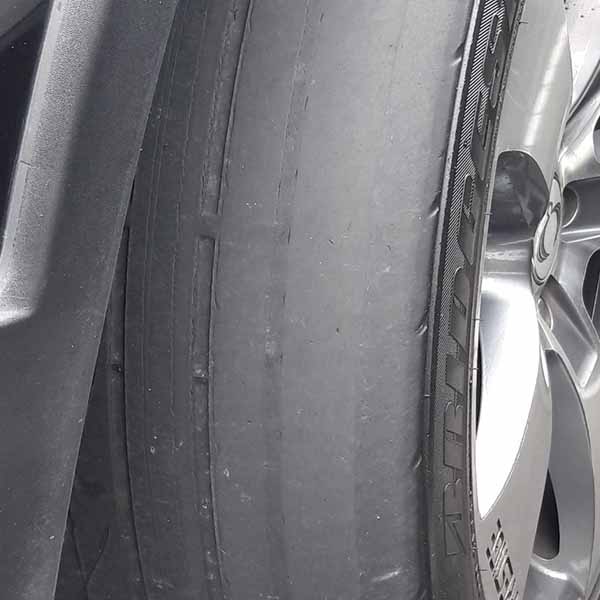The greatest risk area for many employees occurs whilst driving on our roads.
New Zealand has a growing road safety problem.
- Road toll for the Xmas/New Year period 2023/24 was 22, it was 19 last year, and 16 the year prior.
- We had 342 deaths on the roads in 2023 compared to 319 in 2021.
- Covid-19 lockdowns and reduced travel has only resulted in a small reduction in annual fatalities.
- Up to 1/3 of fatalities and serious accidents involve people who were working at the time.
- The social cost is significant.
- Each year 1 in 4 work vehicles will be involved in a crash (NZTA & ACC “Your safe driving policy).
Under the New Zealand Health and Safety legislation, employers have a primary duty of care for their workers and those influenced by their activities. This means providing and maintaining a workplace without risks to health and safety for employees and contractors. This will include areas of critical risk, typically this is when they are in or operating a vehicle for work purposes.
Distracted Driving
Distracted driving is a leading cause of road traffic crashes the world over. One of the most common causes is the use of mobile phones while driving, whether that’s talking on a phone, texting, checking social media profiles or simply browsing, the risks of crashing rise dramatically.
Auckland Transport state a driver is 23 times more likely to be involved in a crash when texting on a mobile phone while driving.
A driver is distracted when they pay attention to something else while driving. People simply cannot multi-task, especially while driving, which is considered a ‘cognitively demanding’ task.
Studies suggest that drivers using a mobile phone are approximately four times more likely to be involved in a crash than when a driver does not use a phone. At the time of writing, there is no conclusive evidence to show that hands-free phoning is any safer than hand-held phoning, because of the cognitive distraction involved with both types of phones. (Who Report)
Between 2014-2018 249 serious injuries and 21 deaths occurred in the Auckland region alone.
Your eyes are off the road for 4.6 seconds when you send or read a text whilst driving. That’s almost 100m or the length of a rugby field
Most crashes occur during the peak morning and evening commuting period.
In NZ 67% of driver distraction fatal crashes occurred on open roads (speed limits over 70 km/h)
Leading causes of distraction are mobile phones, music devices, driver information screens and GPS, food and drink, other passengers and scenery.

Dealing with Problem Drivers
I recently visited a client who indicated they had a problem. They had a small group of drivers who were repeatedly coming up in GPS reports for excessive speed. The rest of the organisation’s drivers were largely compliant.
The client said that the speedster’s manager was not taking the problem seriously. The manager is a long-standing employee and is guilty of the same behaviour. This work group seems to operate in isolation protected by the manager.
It’s tough. This client is charged with ensuring employee wellbeing and H&S compliance within their organisation, if they are not supported by all management then what chance have they got.
They asked, “What should I do?”.
There are lots of reasons why action is needed. Read Why Must You Act.
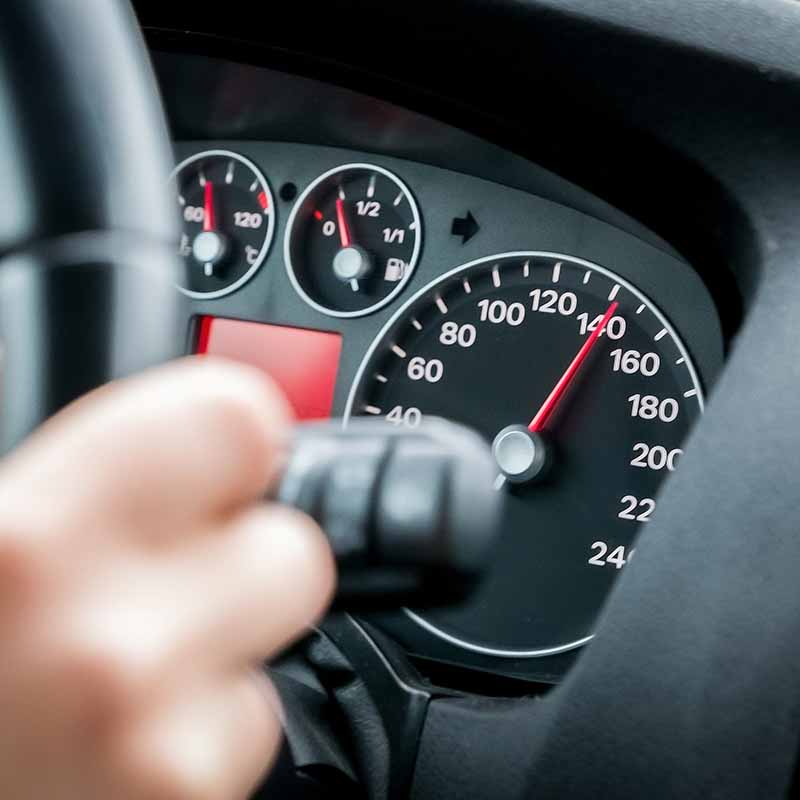
Why you must act
All organisations must comply with New Zealand Law, as do their employees. That includes complying with the Rules of the Road. Whether you are caught by the police or not, speeding is breaking the law.
Under the New Zealand Health and Safety legislation, employers have a primary duty of care for their workers and those influenced by their activities. This means providing and maintaining a workplace without risks to health and safety for employees and contractors. This will include areas of critical risk, typically this is when they are in or operating a vehicle for work purposes.
Once an organisation has identified a problem, action is needed!
If one of these drivers has a serious accident. Then a thorough investigation would follow, probably involving Worksafe. The workplace records would be reviewed, and the driver’s history would form part of that investigation.
The failure of an organisation to act when it knew there were problems would not cast light favourably on their efforts to ensure workplace safety.
1. Each organisation should reflect and make its own decisions about consequences for errant drivers.
2. Actions should be of an escalating nature with the consequences becoming more severe when repeat offences occur. This could in worst case scenarios lead to employment termination.
Changing this groups culture takes time, effort and leadership. The message for the need to change needs to come and be clearly articulated from the top. The leadership team should be seen to go further and endorse the message, there are lots of ways this can be done:
Setting a good example,
Taking the time to talk about it as part of wider workgroup meetings,
Having incident reports reviewed by Senior Management,
Senior team members taking the time to participate in defensive driver training with colleagues also sends a very positive messages to the wider team.
Most of our clients take a positive approach to driver education and get all “at risk employee’s” involved in training, not just sending the “Naughty drivers” for training.
Our approach is to help everyone improve their driving skills and to challenge each participant to review their attitudes to ensure they become “Safer drivers”.
If you are a skilled driver with a shitty attitude, then you are a “Shitty driver”
Our group classes enable all participants to feel that they are being supported to become a safer driver rather than singled out. They feel more comfortable training amongst colleagues and participants facing similar daily challenges.
We have representatives from a wide range of other organisations also present at training. This helps participants feel they are being looked after by their organisations, valued and that their safety is very important.
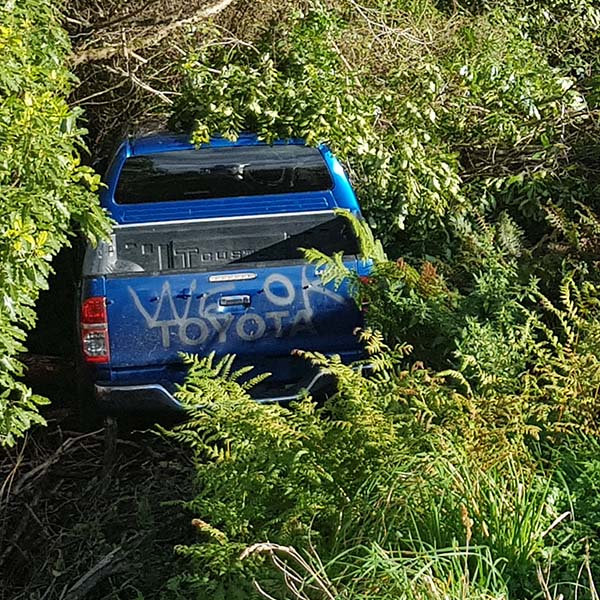
Danger! Road Works
Drivers frequently encounter roadworks whilst driving on New Zealand’s roads. This is because they are building new roads or because they are repairing or upgrading existing roads. Whatever the reason the work is being done to make our roads safer and improve the driving experience for all drivers.
Road workers are often at risk undertaking this work and have a right to get home safely. These workers deserve the respect of all motorists by abiding to the new speed limits and obeying signs and directions. This is critical for both driver and worker safety. Three men recently died in one incident in the Bay of Plenty due to a lack of care and respect by a driver. Like all accidents it was completely avoidable.
Unmanned roadwork areas are particularly hazardous for drivers if they ignore signs and warnings. Unseen and unknown hazards exist which can result in tragedy. Sometimes driving visibility is reduced and speed is often a contributing factor (63%).
Whilst volumes of traffic are much lower between 7.00pm and 5.00am its reported that 61% of roadwork accidents occur during this period and drivers are 3 times more likely to have a fatal accident driving through roadworks after hours!
A recent road policing sting near Tauranga highlighted the poor attitude of many drivers with 26 fined for speeding through roadworks at one location within an hour!
With the the new year underway we should all rethink our attitude as drivers to taking unnecessary risks and putting other peoples lives at risk due to our impatience. Our advice is obey the signs and warnings and allow more time for your journey, be more patient.
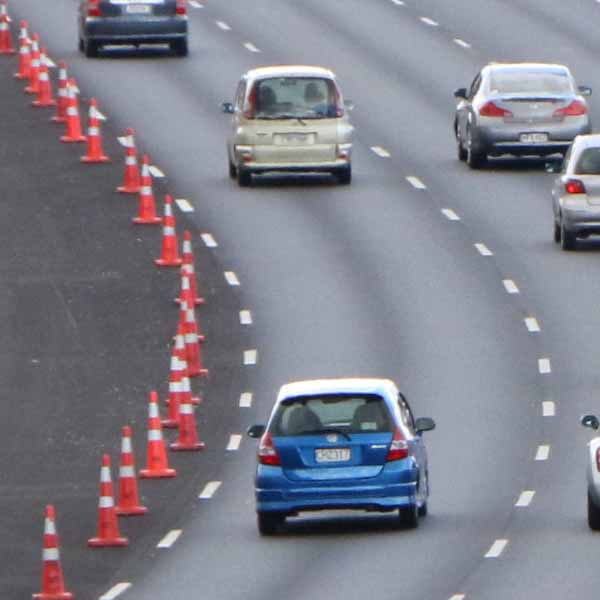
Safe Journeys Strategy
Despite substantial progress over the last 30 years, New Zealand still lags behind many other countries in road safety. Every year, hundreds are killed on our roads and nearly 2,900 people are seriously injured . Approximately 13,000 New Zealanders suffer minor injuries as a result of road crashes. We also know that the level of road death and injury suffered by our young people is especially high.
These numbers reflect lives lost and ruined in what are mostly preventable crashes, but they do not show the effect of these crashes on families, the wider community and the health system. Road crashes can also have an economic impact – the annual social cost of crashes is estimated to be $3.8 billion. (Source Safe Journeys Strategy)
Safe Journeys Strategy includes:
Under a Safe System, responsibility is shared between road users and system designers. So, for example:
- road controlling authorities have to design, build and maintain roads and manage speeds to protect responsible road users
- the vehicle industry has to provide safe vehicles and be socially responsible when marketing vehicles to consumers
- central and local governments have to inform and educate New Zealanders about road safety issues; they need to provide effective road safety regulation and adequately fund road safety; they also have a responsibility to integrate safety into decisions about land use
- road users have to take steps to increase their safety, such as complying with road rules, buying the safest car they can afford and being unimpaired by alcohol, drugs, fatigue or distraction
- employers have to ensure their corporate policy and practice supports a positive road safety culture based on a Safe System approach
National Advanced Drivers School can assist with implementation of corporate policy by providing Defensive Driver training. Contact us if you would like to discuss ways to support you implement a Safe System approach.
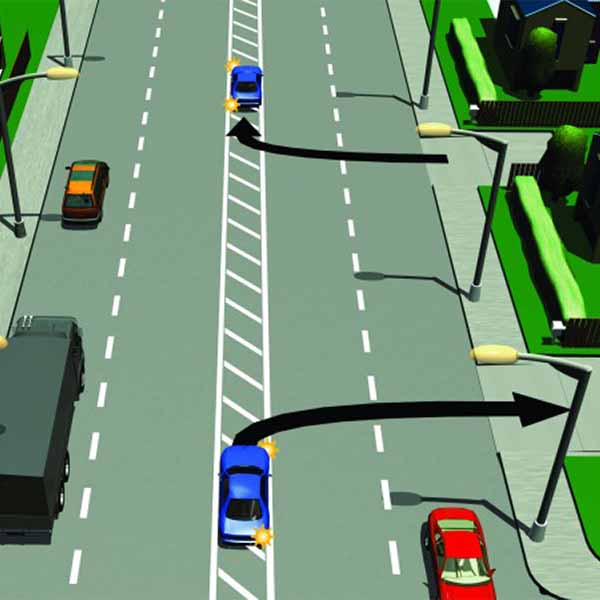
Driving identified as a significant risk area for many organisations
New Zealand, which had 42 work deaths recorded last year, is in the bottom quartile of OECD comparative countries. Greg Dearsly, managing director of the New Zealand Institute of Safety, says that figure doesn’t take into account those who die prematurely due to work-related health exposures — estimated at between 600 and 900 each year in NZ — or those who die on our roads while working.
“New Zealand had a terrible road toll in 2023 and up to a third of that toll could have been accidents that killed people who were working at the time. Organisations really need to focus on identifying their areas of ‘Critical Risk’ and manage those — driving is one risk that exists in most businesses. The strategy talks about focusing on the areas that will make the biggest impact; understanding your organisation’s critical risks is the first step to managing them better. For many high-risk businesses, it is likely to include things like plant and machinery, mobile plant and hazardous manual tasks.”
Read the full article on New Zealand’s new 10 year work safety strategy.
Minister for Workplace Relations ushers in new 10-year work safety plan
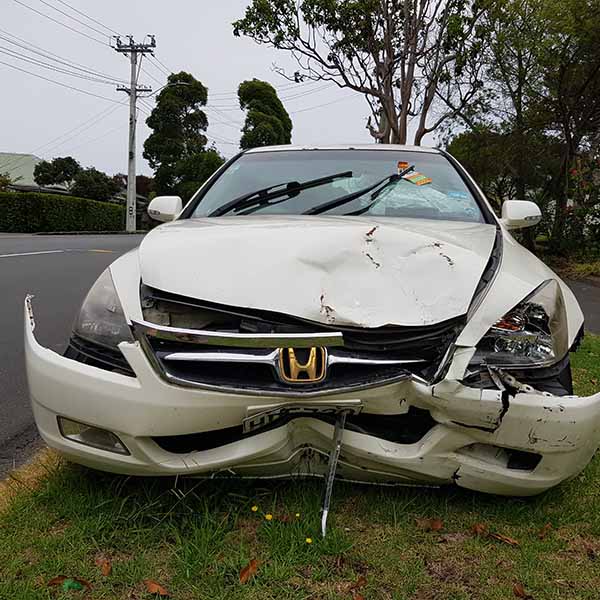
Slow Drivers
Even the new leader of the opposition (and previously Transport Minister) admits at times slow drivers frustrate him. It is a very, very common complaint at our courses.
It’s easy to sympathise. But should we?
Drivers are encouraged to drive to the conditions, and these vary markedly across the country and by the hour. I was passed recently by vehicles on Auckland’s motorway driving in deluge (24mm in 30 minutes) at 100kph! Crazy, madness in such conditions. There were obvious signs of vehicles aquaplaning, drivers either indifferent or unknowing about what was happening to their vehicles. I got off the motorway choosing a slower, safer route. Why take the risk?
But many drivers do, we have a high accident rate in NZ because we are impatient, intolerant, and overconfident drivers.
On many of our roads whilst the speed limit (Maximum) may be 100kmh that speed is not a safe driving speed. It is just that part of road has never been assessed and had the limit adjusted. There is a national initiative to do just this and new signs are appearing designating new maximum speeds.
On many of these side roads or secondary roads we should all drive at what we consider a safe speed, however that speed would be different for most of us.
We need to respect other drivers right to drive at what they consider a safe speed.
The Road Code states “You may drive slower than the speed limit shown, but you must be considerate towards any vehicles behind you.”
That does not mean pulling over and stopping just because a car is tailgating!
If we can help you keep your teams safe, then contact us, or book your team onto our defensive driver training days, where they can have a chance to improve their driving skills and reconsider their attitude to driving on the roads.
Make Zero accidents a target for your team for this Year! Make our roads a safer place to be for everyone.
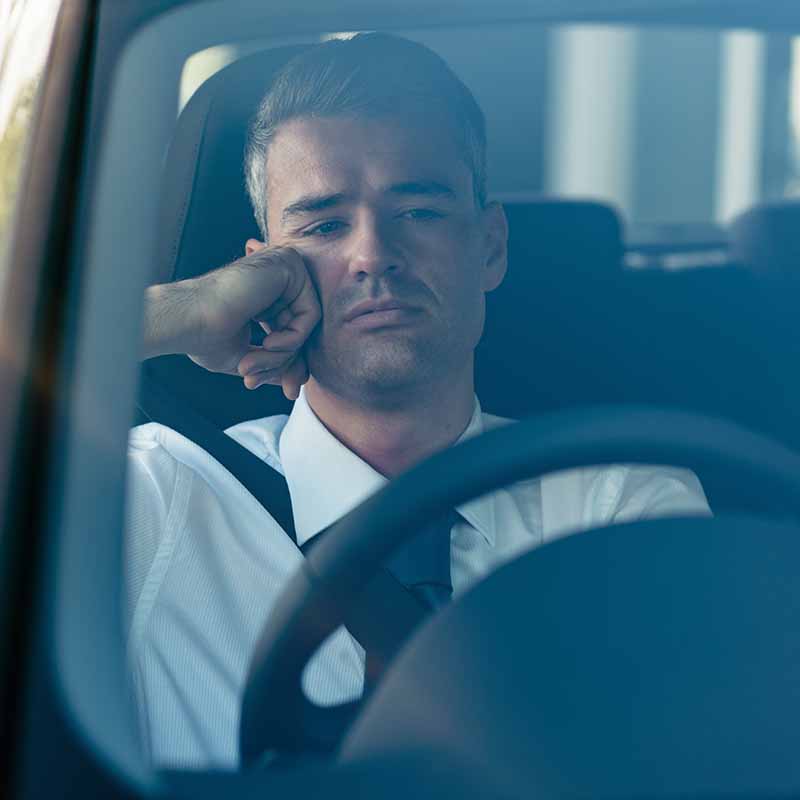
Tyre Checks
For many drivers their warrant of fitness renewal is every 3 years (new cars), or every 12 months thereafter. It’s likely their vehicles are serviced every 4, 6 or 12 months depending upon the mileage and the supply contract
Some work vehicles in extreme cases are travelling as much as 80,000 kms a year. You should expect a lot to change in that time and you would be right.
We commonly see vehicles that are registered, warranted and relatively new but could not pass standard Wof tests in their current condition. What worse is that many of these vehicles are putting the drivers, passenger and public at serious risk without anyone being consciously aware.
At our courses we teach drivers how to check their tyres, regularly and how to look for the basics so that they know when to take them to the garage for replacement.
The driver of the vehicle pictured had no idea of the risks they were taking driving this vehicle, nor the risks they were putting colleagues, family and friends under.
Make sure your teams are regularly checking vehicle tyres.
Maintaining correct tyre pressure ensures balanced braking, maximum grip and long tyre life. Legally, you need to keep your tyres at the pressure recommended by the vehicle manufacturer.
Because it’s the only part of the vehicle that grips the road, the depth of tread on your tyres is very important for the safety of your vehicle.
Most tyres have moulded tread-depth indicators which are flush with the tyre tread when it has reached the minimum depth. The minimum legal tread depth is 1.5mm within all principal grooves that contain these moulded tread depth indicators. These must be at least 1.5mm around the whole circumference of the tyre.
Tyres should be replaced well before reaching 1.5mm if you drive on the open roads or in wet conditions. A worn tyre is showing less than 4mm of tread.
